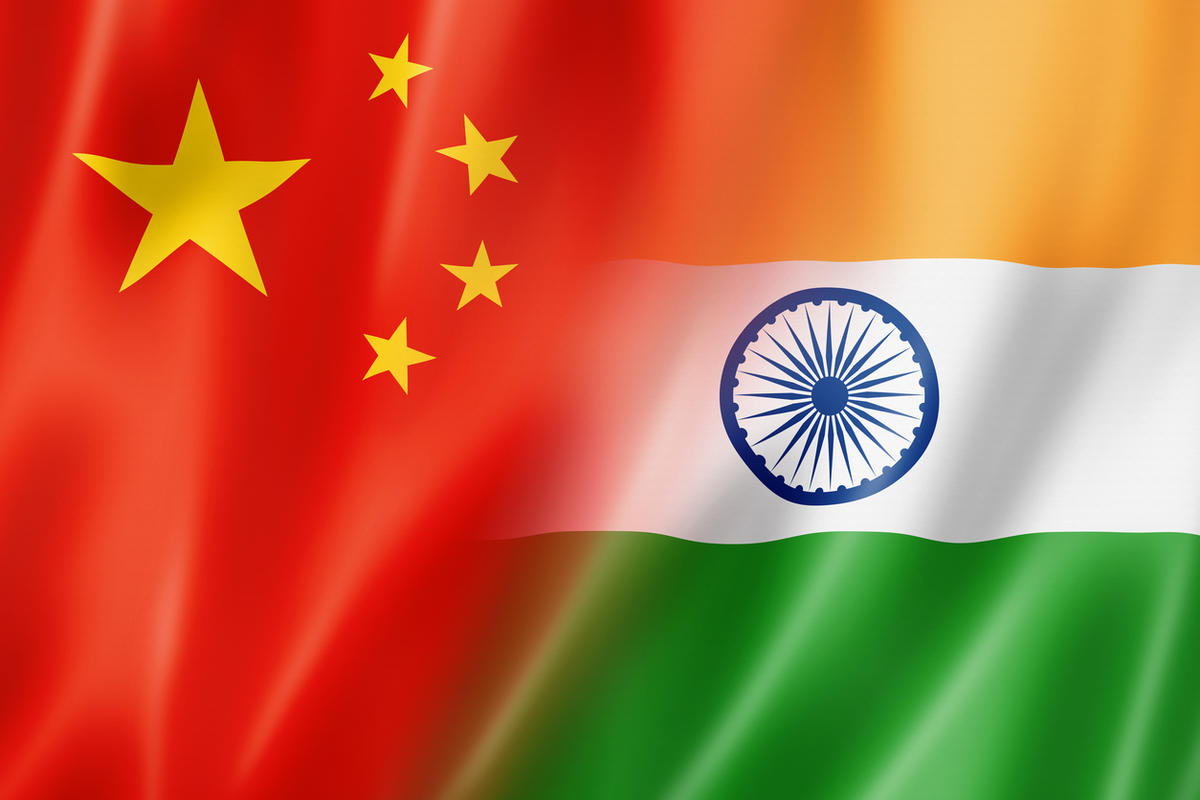India and China today held the 14th round of corps commander level talks to resolve the military stand-off at Eastern Ladakh that has taken ties between the two nations to a new low in the past two year.
India is believed to have demanded disengagement and eventual de-escalation at the remaining friction points like Hot Spring, Depsang Plains and Demochok while the Chinese side continued to blame India for the current tensions in the area.
Advertisement
The talks were led by Lt Gen Anindya Sengupta, the new commander of the Leh-based Fire & Fury Corps on the Indian side while the Chinese team was headed by Maj Gen Yang Lin, commander of the South Xinjiang Military District.
The talks, which took place at the Chushul-Moldo meeting point on the Chinese side of the border, were held a day after the United States expressed concern over China’s continued attempts to intimidate its neighbours.
At his annual press conference, Chief of the Army Staff, Gen M M Naravane said India was hopeful of peacefully resolving all issues pertaining to the stand-off with China. He was of the view that it would be unreasonable to expect that the two countries would be able to settle the stand-off in a short span of time as the issues involved were complicated.
Meanwhile, government sources in New Delhi said, ”we are hopeful of progress in the talks. Our stand is very clear that there must be disengagement first at all friction points that came up since May 2020, and then eventual de-escalation, which means that things go back to what they were in April 2020 (when the stand-off began).”
Sources said tensions between India and China will continue irrespective of whether today’s talks move forward. They, however, expressed satisfaction over disengagement at four of the five stand-off points in eastern Ladakh since May 2020 — Galwan Valley, northern bank of Pangong Tso, Kailash Range, and Gogra.
The 13th round of talks between the two sides in November had ended in failure, with the Indian side standing firm and stating that the situation along the LAC had been caused by unilateral attempts by the Chinese side to alter the status quo.
The Indian Army had, in a statement, said: “During the meeting, the Indian side, therefore, made constructive suggestions for resolving the remaining areas, but the Chinese side was not agreeable and also could not provide any forward-looking proposals. The meeting thus did not result in resolution of the remaining areas.”
A Chinese spokesperson had yesterday stated that the situation in the border areas with India was stable on the whole. “We hope India will work to help the situation to move from emergency handling to a regular daily-based management phase,” he said.











